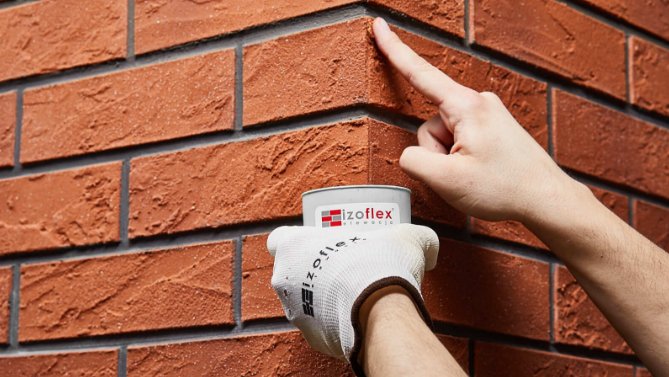We start the gluing from the top of the wall, first gluing the corners. We cut the slips, we apply to each other "on contact", and the resulting gap is complemented by a special mass. Thanks to that, the work is fast and the corner looks like a real brick.
The slips are much more comfortable to cut than fold. The brick slips are made almost entirely of natural materials, not of "rubber", and these have a limited stretch. By cutting the slips we can finish one wall completely and then return to the second surface. In case of bending, we have glue immediately on both surfaces and you need to remove it from one of them before it dries and then reapply. And it takes a lot of time.
When the adhesive is dry, add the adhesive to the substrate after the adhesive is dry (the material from which the slip is made).
We suggest bending to the interior where the details are very important and the pace of work may be smaller.











